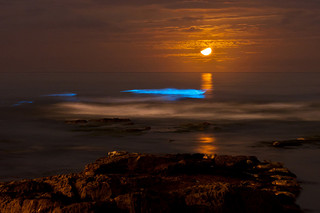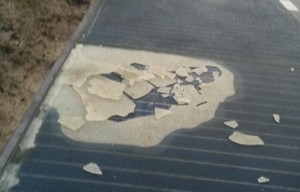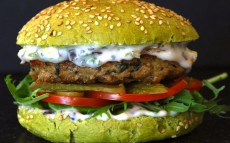As of 2016 Dutch Rail claims that 50% of all electric trains in the country will run on wind energy. In 2017 that figure should be 95% and in 2018 it would go up to 100%. If successful, it will mean a serious decrease Dutch Rail’s CO2 footprint, something it says is important to passengers.
Some 50% of the wind power needed to run the trains will be generated by new wind parks that will gradually be put into operation in the Netherlands, while the other 50% will come from wind parks in Norway, Sweden and Belgium, managed by power company Eneco and VIVENS, an energy procurement cooperative. “Drawing upon sources outside the Netherlands to source the railways means they avoid decreasing availability and also avoid increasing prices of green power for other parties.”
A total of 1.4 TWh of electricity for the rail system, equivalent to the amount of power used by all households in Amsterdam, needs to be generated.
(Links: techxplore.com, www.dekoepel.org)

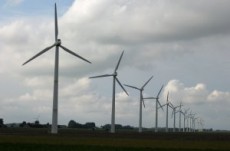
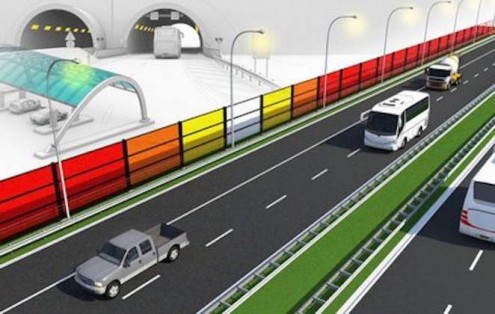

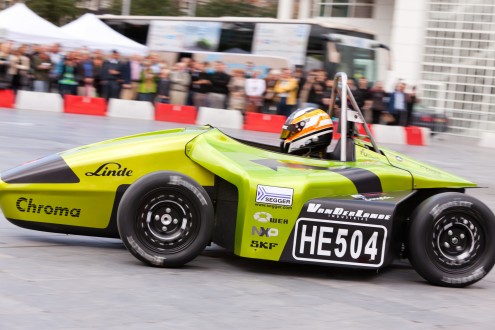
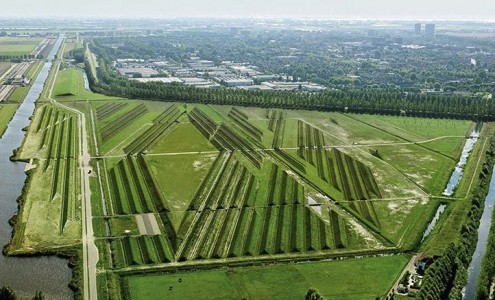
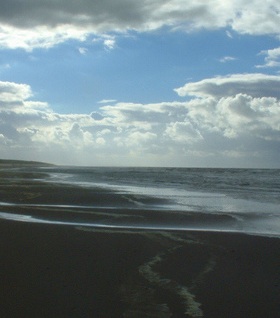
 German windmills are disrupting the proper spying on Dutch citizens by the Dutch military secret service MIVD, or so the latter complains.
German windmills are disrupting the proper spying on Dutch citizens by the Dutch military secret service MIVD, or so the latter complains. 